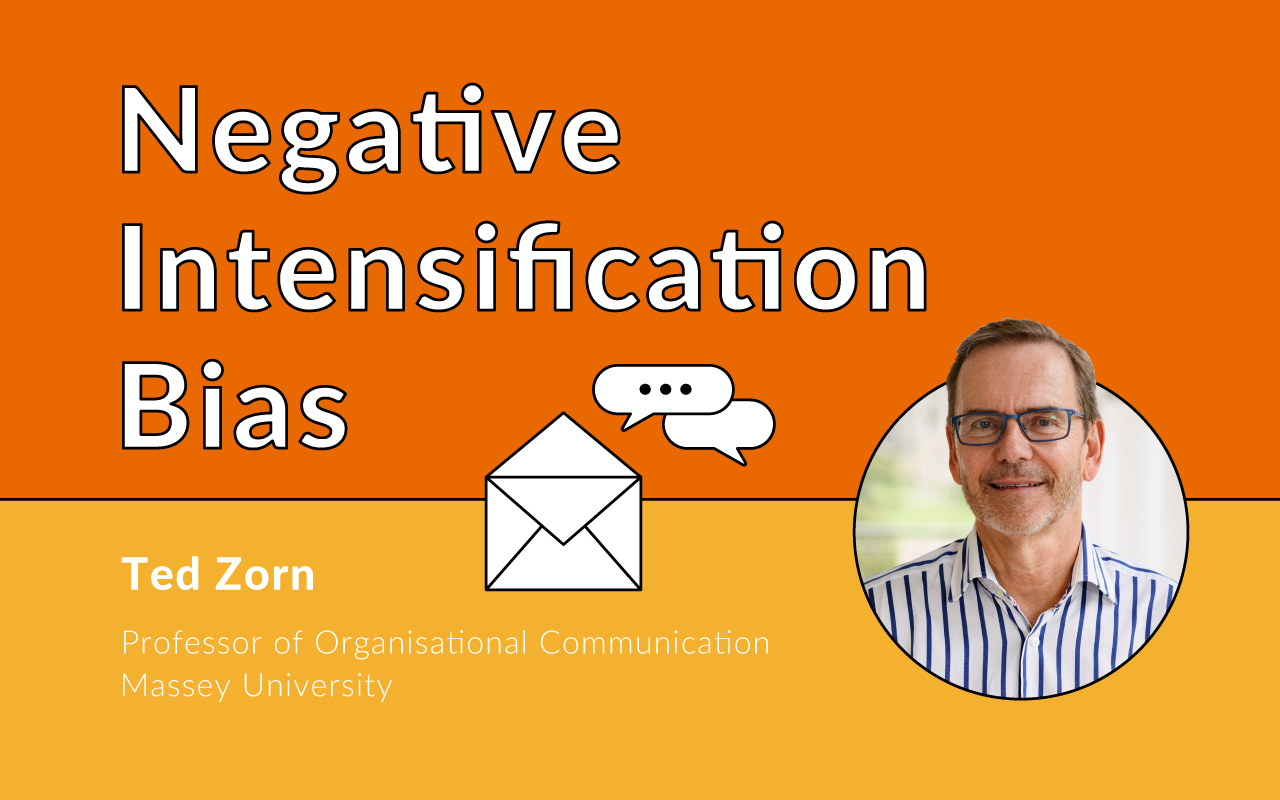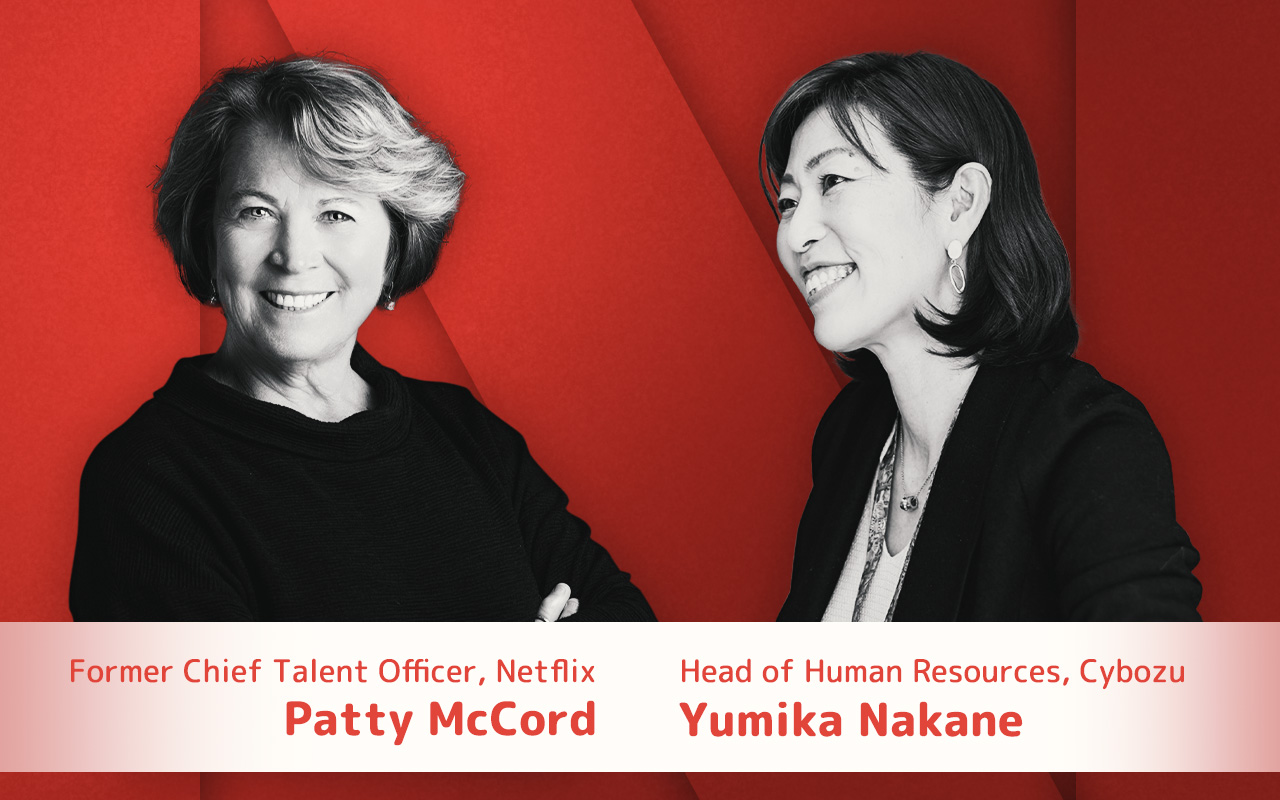Technology can solve most communication problems, but should it?

Thanks to modern communication technology, I no longer have to talk to people at work—and I love it.
It is hard for me to explain just how much I dislike being forced to talk to people. Especially on the phone: Is there really any justification for forcing me to stop everything else I'm doing, stick a hunk of metal to my ear, and expend mental energy trying to find the right words to explain something on the spot? Do people not realize that an email or text would let me do the same thing on my own time? Phone calls are a barbaric practice that needs to be stopped.
Luckily, the advent of new forms of technology is slowly wiping out the need to talk. I can email a potential lead for an interview. I can send a Slack message to our freelance partners. All of our internal communication is done by posting messages on our groupware platform.
Recently however, I've begun to question whether the convenience of these new communication systems is always a good thing. Specifically, is having most of our internal communication via a sophisticated online messaging forum really making our team stronger? What if—and it pains me to have to consider this—talking to one another may still be a necessary part of robust teamwork?
Stuck on traffic lights
Hear me out on this; I'm not advocating spending all day in meetings or on the phone. In fact, I'm glad that even email is on the decline, in favor of better thought-out team communication platforms. But a recent experience has made me question if this kind of technology may be too practical, to the extent that we use it to avoid having difficult and meaningful conversations with one another.
Here's what happened. Recently, my company has been expanding a lot. This includes the editorial team, where I happen to work. We've been wondering how to best onboard our new hires, making sure they get all the information they need from more senior members, while at the same time not overwhelming their mentors with training tasks.
At our weekly meeting, our youngest hire raised an issue. When he had a question, he never really knew whom to ask. Our office allows remote work, so often times editors work from home, which can make it awkward to get in touch with them. On top of that, depending on our publication schedules, there are periods when some of us are really busy and may not have time to help out. He wanted to know if we could use our platform to figure out a way to solve this problem.
Immediately, a senior editor made a proposal. In a different department, they had just implemented a traffic light system. At the beginning of each day, they would post a message to the rest of their team with a little light—green, yellow or red—to indicate how busy they were that day. Almost like the "Away" and "Do Not Disturb" signals on Skype. It's straightforward, not too complicated or time consuming—why not give it a go?
We spent about 20 minutes discussing the pros and cons of this system. Would we get bombarded with notifications about everybody's schedule? Was it necessary to post a light every day? Surely, how busy we are can change within a single day? What if our colleague's question is extremely urgent? What if somebody just forgets to turn their light back to green?
At some point in this conversation, I had an epiphany—or at least that's what it seemed like at the time, but I'm sure many of you already know where I'm going with this. I wondered, when we need help, what's wrong with just asking each other?
Why not just ask?
Counting the interns, there are less than a dozen of us in the editorial department. Would it be that hard to just ask people if they have a moment, rather than having to create and maintain a departmentwide congestion management mechanism? I don't think the new hires have urgent questions every ten minutes—and if they do, our team would need a much broader solution than just adding some color-coded signaling.
So what was the underlying issue? I asked some of our younger staff why they felt awkward just asking their peers for help.
The first answer I got is what I would have guessed: the fear of bothering people. Upon entering a company, we don't know much about our colleagues' personalities and schedules, and we want to make ourselves useful, not become a burden.
However, I would argue that not asking questions will make you more of a burden. Not getting help from your colleagues leads to not knowing what you are doing, which ends up putting more strain on the entire team. Moreover, not knowing your colleagues' personalities can only be solved with more communication, not less.
The other answer I got was people not knowing how much help they needed, and if needing help at all was justified or not. Could they find an answer on their own if they searched long enough? How long should they search themselves before asking for help? If they want to brainstorm some ideas, would it really be alright to ask for a whole hour of someone else's time?
All of these are valid questions. I believe the only way to answer them is through experience, and the only way to develop experience is to try a lot of different things. Try searching first, try asking first, try a mix, and see what works best for you and your team. If you don't know how much of your colleagues' time you need, use your best judgment to guess, and trust your colleagues to use their experience to accept or refuse your meeting. Don't be afraid of receiving negative feedback or the occasional sigh or groan—those are all part of your professional development.
It can be hard to say "no"
Next I went to the other side, the more senior editors, and asked them what they liked about the traffic light system. Surprisingly, nobody told me they were getting too many questions. Nobody told me they needed more time to focus. Not a single comment about newbies being entitled Gen Z snowflakes terrified of losing their training wheels.
The only real justification I got for wanting this system is one colleague who confessed that when asked for help, she felt like she couldn't refuse. Even when she was swamped, she always wanted to try her best to be there for the younger colleagues, so she would accept their requests and at times end up overwhelmed. That's why for her, it's more comfortable to post information on her profile page about her status every day, so that she isn't put in difficult social situations.
This is undoubtedly a hard issue to deal with. I'm not a psychologist, so I have no intention to go around telling people they have to face their fears and anxieties head-on at all times. Nevertheless, I feel like her coming out and sharing this with our team has helped us understand each other better. These kinds of deep and difficult conversations are exactly what we need to have before coming up with new systems, so that we can agree on one that works for all of us. In fact, I would even go as far as to say that such conversations are best had in person.
Technology should reinforce teamwork, not replace it
We can solve pretty much any communication problem through technology, but that doesn't mean we should. Technology is meant to help us fit together, not mold us all into the same shape. There will always be an element of awkwardness to human interactions, especially in diverse and multicultural work environments. Confronting that awkwardness and working through it in a social setting will inevitably be better for teamwork than any app, message board or traffic light could ever be.
I believe in diverse workstyles, so I'm usually against overarching rules on how to use technology for communication. There are plenty of teamwork and leadership gurus who recommend adopting policies like: "If it's more than a sentence, say it in person," "Always share something personal before every meeting," and "Make sure you give each teammate a compliment at least once a week." My recommendation is simpler: talk to your team, get to know them, make mistakes and learn along the way.
At the end of the day, what characterizes good teamwork isn't harmony and positive vibes. It's trust, empathy and understanding. Those are built with more communication, not less. My team could have just discussed having the traffic signal system based on practicality: How much time does it save and how convenient is it? But that conversation wouldn't have taught me anything about the real doubts and anxieties of my teammates. For that, there is no substitute to a real-life discussion.
As much as I love technology, before we use it to solve all of our problems, I suggest a litmus test. Let's ask ourselves, what is the deeper psychological need that we are trying to respond to by using communication technology ? Is it helping us get to know one another better, or is it eliminating the awkward but necessary interactions that could help us build trust? Will it bring us closer, or isolate us in comfortable but separate work bubbles?
To put it simply, is the way we use technology helping us interact more, or less? If the answer is less, we may want to set it aside for a moment. And when that means returning to the primitive practice of face-to-face conversation, so be it.
Written by Alex Steullet. Edited by Michelle Adams and Christian Dior De Jesus. Illustration by Eiko Matsunaga.
Writer

Alex Steullet
Alex is the editor in chief of Kintopia and part of the corporate branding department at Cybozu. He holds an LLM in Human Rights Law from the University of Nottingham and previously worked for the Swiss government.
Photographer

Eiko Matsunaga
Eiko is an illustrator and designer who works mainly with Kintopia’s twin website, CybozuShiki. She is passionate about making easily understandable and interesting illustrations that match the tone and content of their respective articles.




